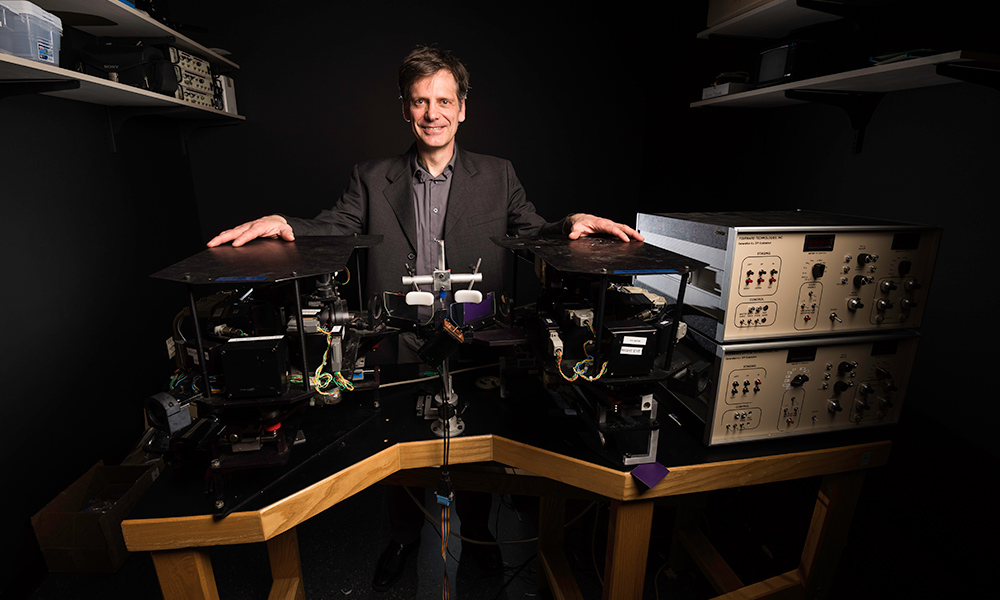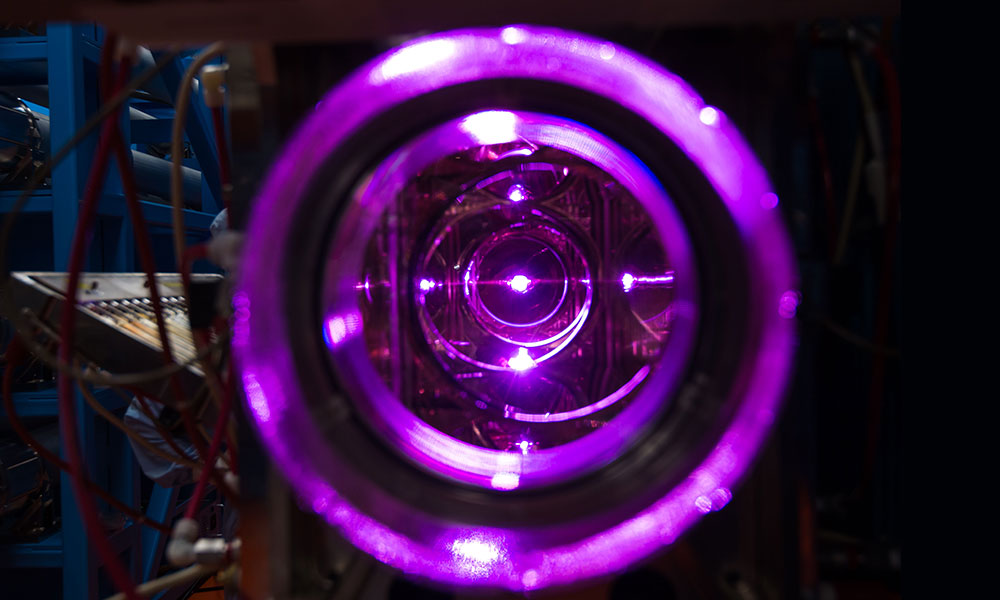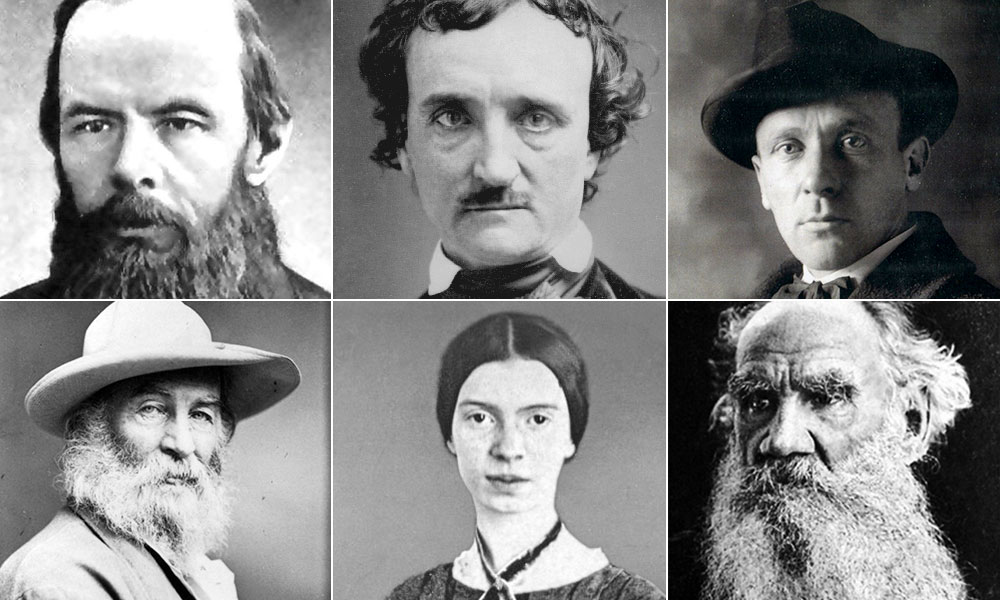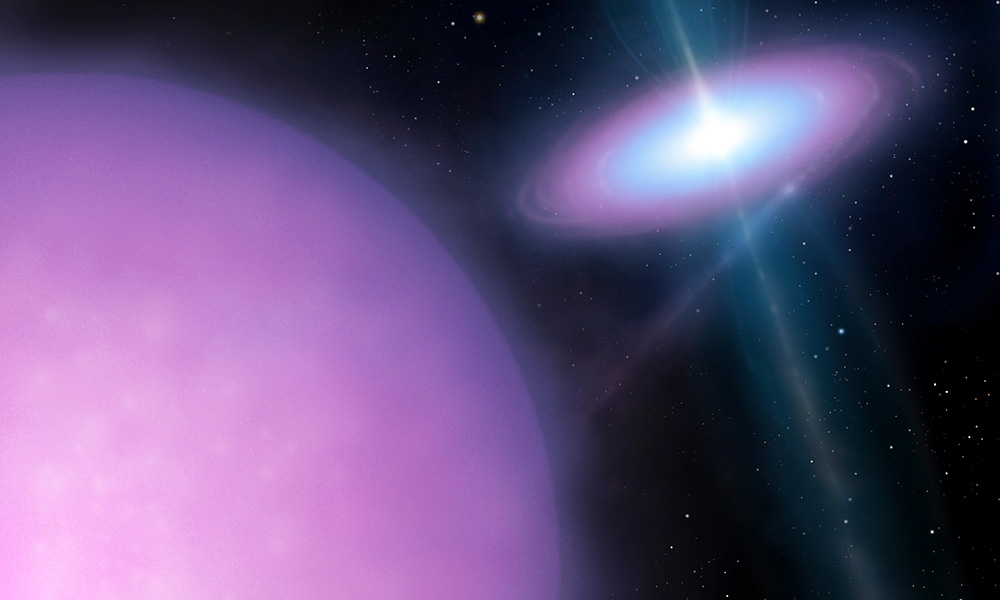
Voices & Opinion
White fans like white NFL players more and black players less since anthem protests
January 22, 2019
Writing in the Washington Post political scientist Bethany Lacina shows how the gap in the popularity of black and white NFL players with white fans has increased since 2016.









